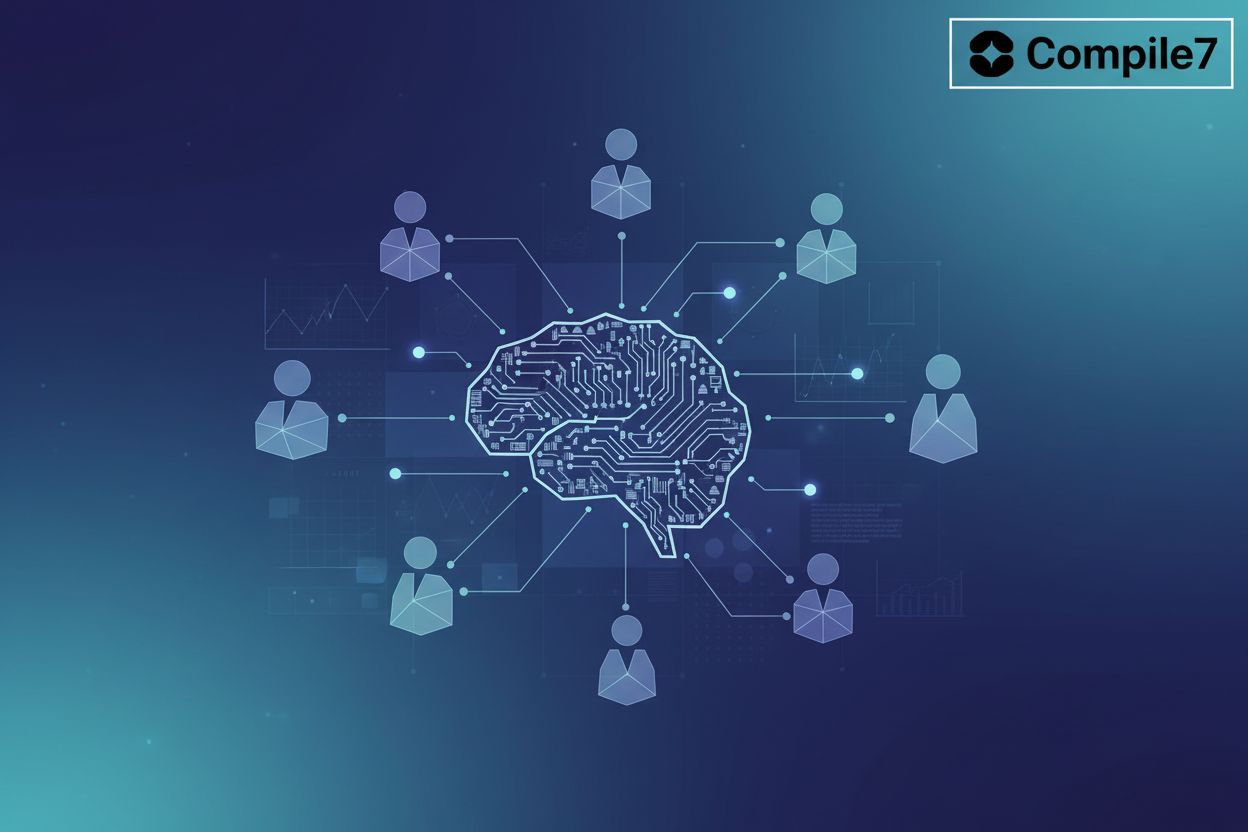AI Agent Explainability and Trust
TL;DR
The Imperative of Explainability in AI Agents
Did you know that a whopping 95% of developers are actively playing around with ai agents? (Nearly 90% of videogame developers use AI agents ...) Seems like everyone's trying to get in on the action. But are these agents really ready for prime time? Let's dive in.
See, it's not enough for an ai agent to just do something. We need to understand why it did it. The problem is, a lot of ai models are like black boxes. You put data in, and an answer pops out, but you have no idea how it got there. This lack of transparency can be a real headache.
Here's why explainability is so darn important:
- Building Trust: Stakeholders, whether they're customers or ceos, needs proof that these agents make sound decisions. Otherwise, they won't trust 'em, plain and simple.
- Ensuring Compliance: Regulations are getting stricter, and companies needs to show that their ai systems aren't violating any rules. Explainability helps prove compliance.
- Improving Decision-Making: When you understand how an agent arrives at a decision, you can fine-tune the process. This leads to better, more informed choices down the line, y'know?
- Mitigating Risks and Biases: If an agent makes a bad call, you need to know why. Explainability helps uncover biases or flaws in the system, letting you fix 'em before they cause bigger problems.
- Challenges of Interpreting Complex AI Models: Some ai models are just too complicated to understand, even for experts. This complexity makes it hard to pinpoint exactly what's going on under the hood.
- Impact on Transparency and Accountability: This lack of understanding makes it hard to hold ai accountable for its actions. If we don't know how it works, how can we be sure it's fair or safe?
- The need for explainable ai (xai) techniques: xai aims to make ai decision-making more transparent and understandable, bridging the gap between complex models and human comprehension.
Now, let's move on and see how we can tackle this "black box" issue, next up is how to understand ai decision-making.
Methods for Enhancing AI Agent Explainability
So, you wanna make your ai agents more understandable, huh? It's not as hard as it looks, trust me. There are some cool methods out there to help crack open that "black box."
- LIME (Local Interpretable Model-agnostic Explanations): Basically, LIME explains individual predictions by showing which features contributed most to the outcome. For example, in healthcare, LIME can highlight why an ai agent predicted a certain diagnosis based on specific symptoms.
- SHAP (SHapley Additive exPlanations): SHAP values assign credit to each feature for its impact on the prediction. This is particularly useful in finance, where understanding the factors behind a loan approval or denial is crucial.
- Rule-based explanations: These methods generate simple, human-readable rules that approximate the agent's decision-making process. In retail, rule-based explanations can reveal why a customer was recommended a particular product.
Using simpler, more interpretable models: Sometimes, the best approach is to avoid complex models altogether. Simpler models like decision trees, linear regression, or logistic regression are inherently easier to understand because their logic is more straightforward. You can often see exactly how inputs translate to outputs.
Documenting the agent's decision-making process: Keep a detailed log of every step the agent takes, from data input to final output. This helps in tracing back the reasoning behind each decision.
Providing clear and concise explanations to users: Make sure the agent can explain its decisions in plain language. If an ai agent recommends a product, it should be able to say why in a way that makes sense to the customer.
Ensuring data quality and accuracy: Garbage in, garbage out, right? High-quality data is essential for reliable and understandable ai agent behavior.
Addressing biases in training data: Biased data leads to biased agents. It's crucial to identify and mitigate biases to ensure fairness and transparency. This can involve techniques like bias detection tools, re-sampling data to balance underrepresented groups, or using data augmentation to create more diverse training examples.
Using diverse and representative datasets: A more diverse dataset helps the agent make more generalizable and fair decisions. This means making sure your data reflects the real-world population or scenarios the agent will encounter, avoiding skewed or incomplete representations.
According to alvarez & marsal, early enterprise deployments of ai agents have resulted in up to 50% efficiency gains in customer service, sales, and hr. These gains are often achieved through automation of repetitive tasks, faster data analysis, and improved customer interactions.
These methods ain't just theory; they're practical tools for building trust in your AI systems.
Building Trust in AI Agents: A Strategic Approach
Building trust in ai agents ain't just a tech thing; it's a strategic move that can seriously impact your bottom line and reputation.
Establish Clear Goals: Know what you want your ai agent to do. Is it for customer service, data analysis, or something else? Define its purpose and scope upfront. Don't just throw ai at a problem and hope it sticks.
Realistic Expectations: Don't expect miracles. Set achievable performance targets and communicate them clearly to everyone involved. Overpromising and underdelivering is a surefire way to kill trust.
Stakeholder Alignment: Make sure everyone--from the c-suite to the customer service reps--knows what to expect from the agent. Transparency is key.
Performance Metrics: Track how well your agent is doing. Are they accurate? Efficient? Monitor key metrics to identify areas for improvement.
Error Detection: Find and fix mistakes or biases quickly. Regular audits of the agent's decision-making process are essential.
Addressing Issues: As AI adoption grows, ensuring compliance with data governance policies becomes increasingly complex. This is because the sheer volume and variety of data handled by AI systems can make it difficult to track, manage, and secure it according to evolving regulations. Strategies for ensuring compliance include implementing robust data cataloging, access controls, and automated auditing mechanisms.
Human Oversight: Keep a human in the loop for critical decisions. Ai agents are tools, not replacements.
User Challenges: Give users a way to question or override the agent's actions. No one wants to feel like they're at the mercy of a machine. This can be implemented through features like user feedback mechanisms, clear escalation paths to human agents, or providing options for users to review and approve AI-generated recommendations before they are finalized.
Accountability: Make sure someone is responsible for the agent's behavior. Accountability builds trust and ensures ethical conduct.
according to hbr, transparency and trust are nonnegotiables and it’s about creating systems that deliver value while respecting societal principles. (What Are AI Agents? Types, Use Cases and Benefits - Snowflake)
So, yeah, building trust in ai agents is a multi-faceted approach. It's about setting clear goals, keeping a close watch on performance, and remembering that human oversight is still crucial.







